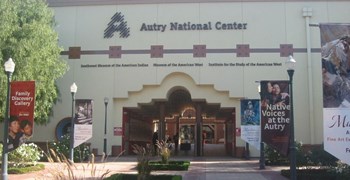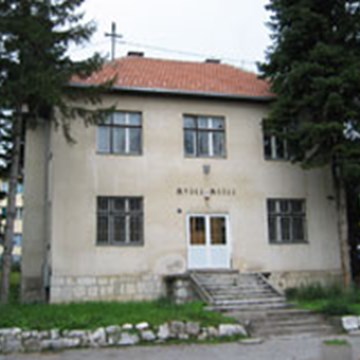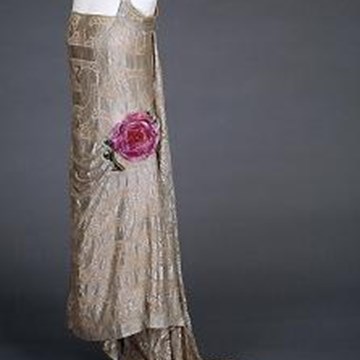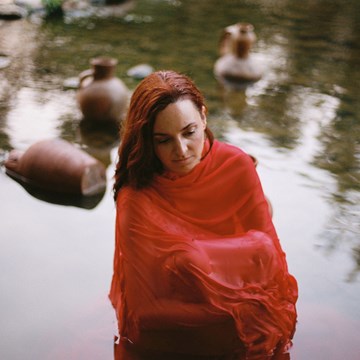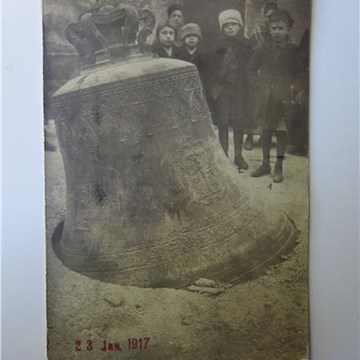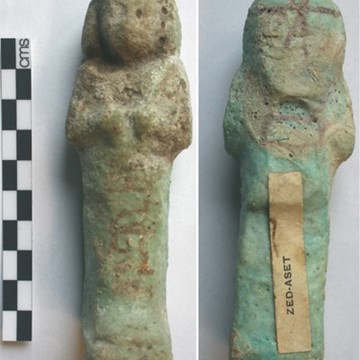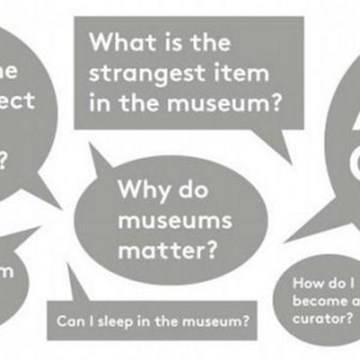Romance
The Autry announces the reconfiguration of part of its Romance Gallery to prominently feature Western art from the early twentieth century. Focused on the unique, regional landscapes of the desert Southwest and coastal California, this installation explores the people and places that artists were drawn to as they sought to redefine the West by looking at who, what, and where artists chose to paint following the close of the historical frontier.
Artists often saw life in the West in terms of its differences from the Eastern cities where they had previously lived. Whereas city life often left a person—as D. H. Lawrence put it—feeling “dead, dark, and buried,” the Southwest seemed to possess an uplifting visual aesthetic that enhanced daily living. Many believed that Pueblo Indian culture was driven by an innate artistic spirit, and their paintings of Native people reflect this belief. While Indian life preoccupied many artists in New Mexico, blossoming resort communities from Santa Fe to Southern California also became subjects. In Southern California, some artists documented the burgeoning social scene of Los Angeles, from the docks of San Pedro to the downtown plaza, whereas others celebrated the unspoiled beauty of the coast. As they created images that touted the visual landscapes and cultural life of these Western destinations, they promoted ideas about place that remain embedded within their modern identity.
In addition to the landscape of the West, artists were fascinated by its people. The Pueblo Indians and Hispanic families of Northern New Mexico were represented in individual portraits as the visual personification of their respective geographical settings. By focusing on Native and Hispanic cultures as immersed in traditions of craftsmanship, artists believed they were capturing values lost in the quest for industrial progress. The quest for a life spent in harmony with nature also fueled creative production across Southern California, where artists’ groups from La Jolla to the Bay Area created a supportive environment for art. Unlike their counterparts in New Mexico, however, California painters often overlooked the Native population in favor of a more exclusive focus on the private gardens and ocean resorts in works of landscapes and leisure that conveyed the relaxed, stylish qualities that California continues to export to the world.
Text source
Image source
Exhibitions and events
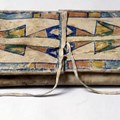
Conquest
Permanent exhibitionThe Conquest gallery picks up the story of the American West after the Civil War. The flood of Americans into the West overwhelmed native people and created new and deadly conflicts. The gallery...

Opportunity
Permanent exhibitionThe Opportunity gallery explores the turbulent period between 1820 and 1860 when thousands of migrants moved to the West in search of a better life. Learn about the experiences of the explorers,...
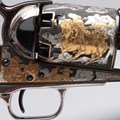
Greg Martin Colt Gallery
Permanent exhibitionOn July 23, 2011, the Autry unveiled a new exhibition in the Greg Martin Colt Gallery that explores the history of Samuel Colt’s revolutionary revolver in the American West. The exhibition looks at...
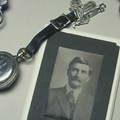
Community
Permanent exhibitionThe Community Gallery interprets the West through the lens of the racial, ethnic and religious communities important to Western development between 1885 and 1895. Using 1890 census data, the gallery...
Activities from this museum
We don't have anything to show you here.
